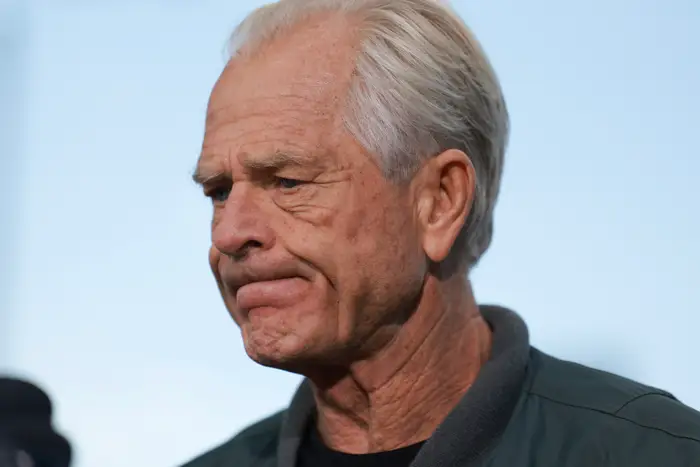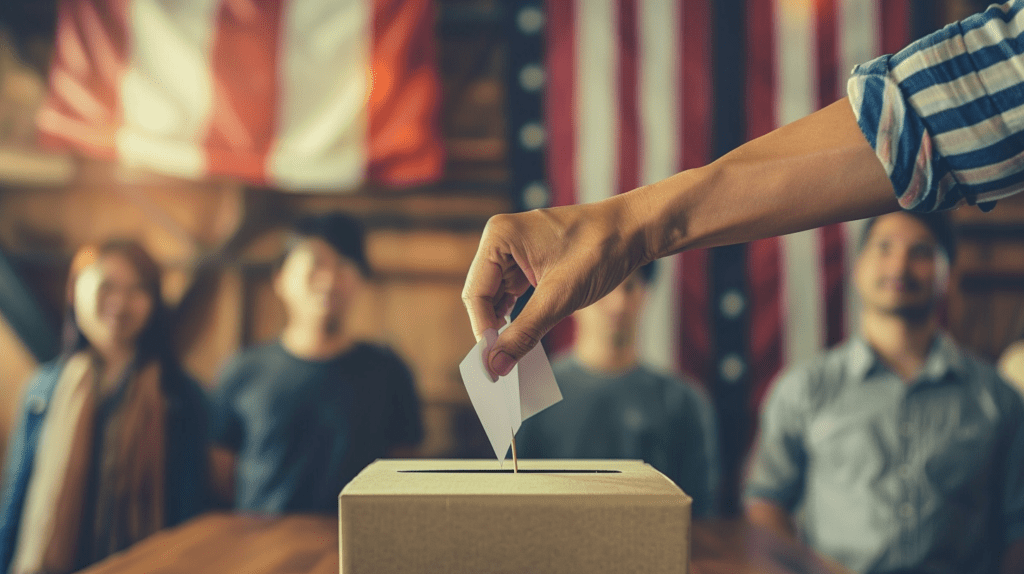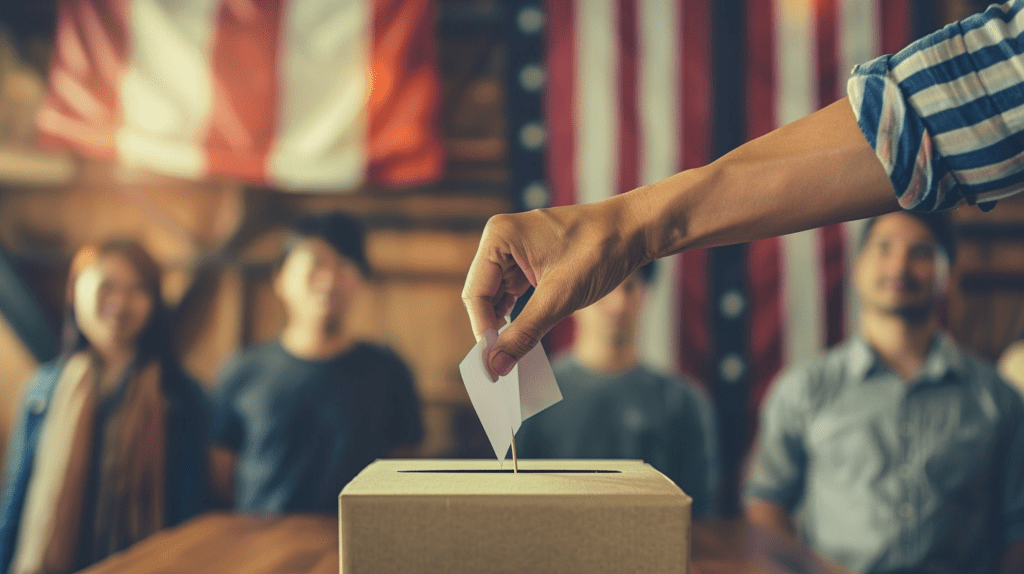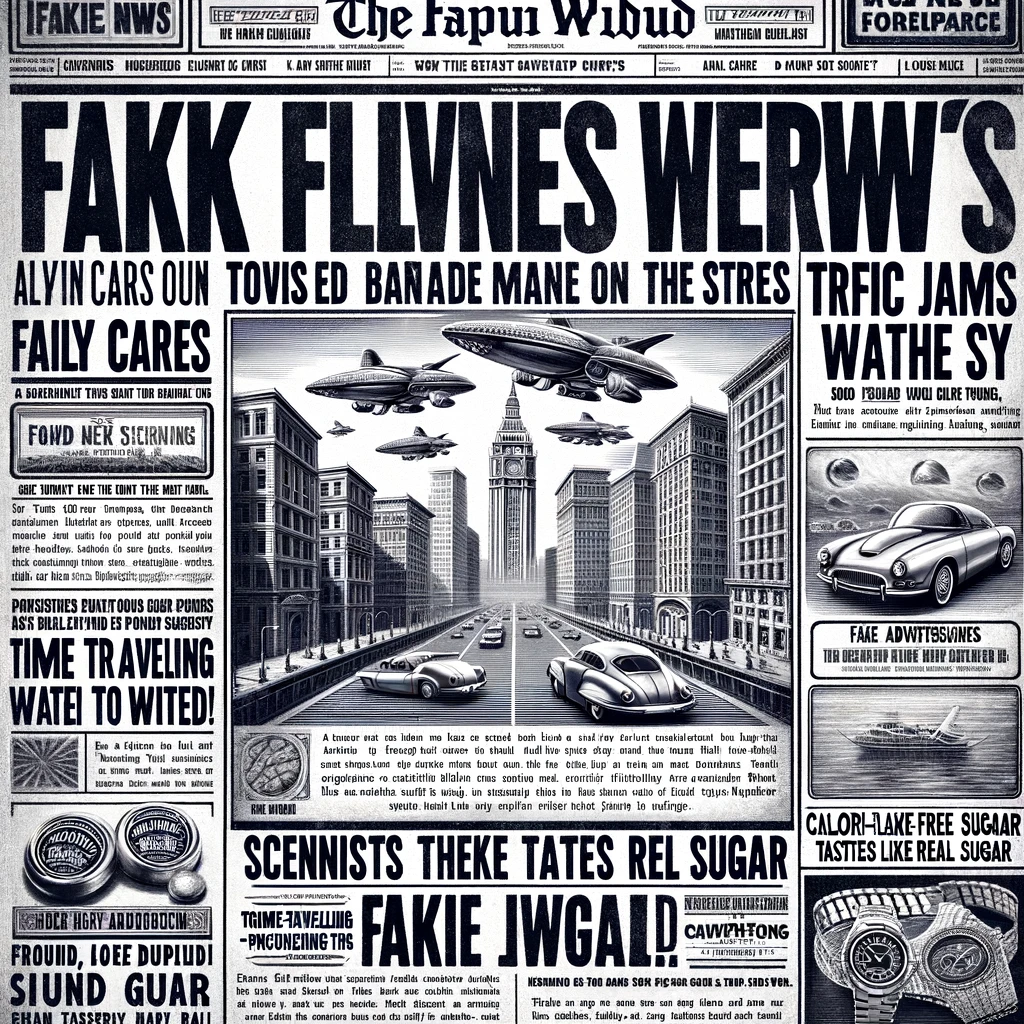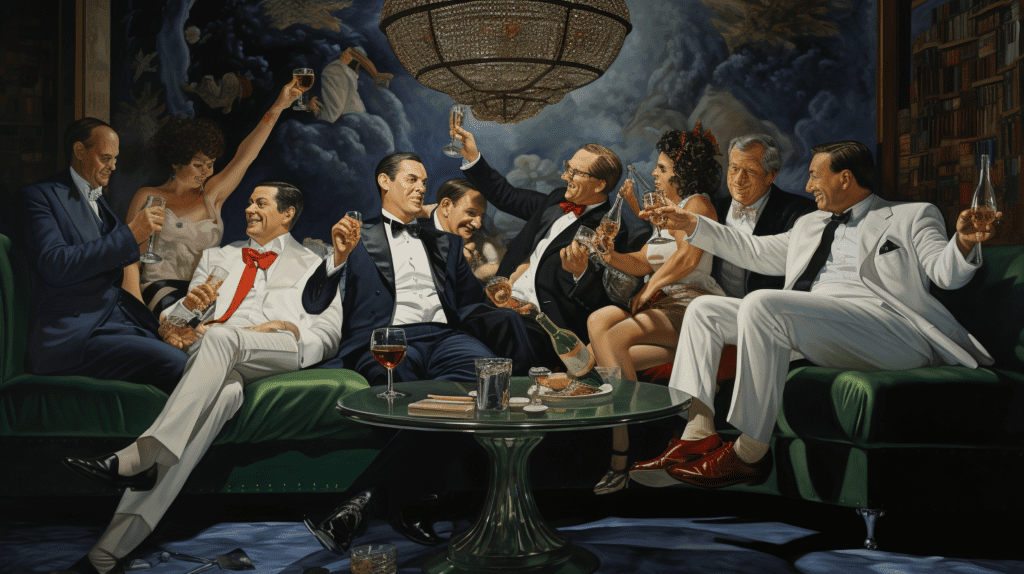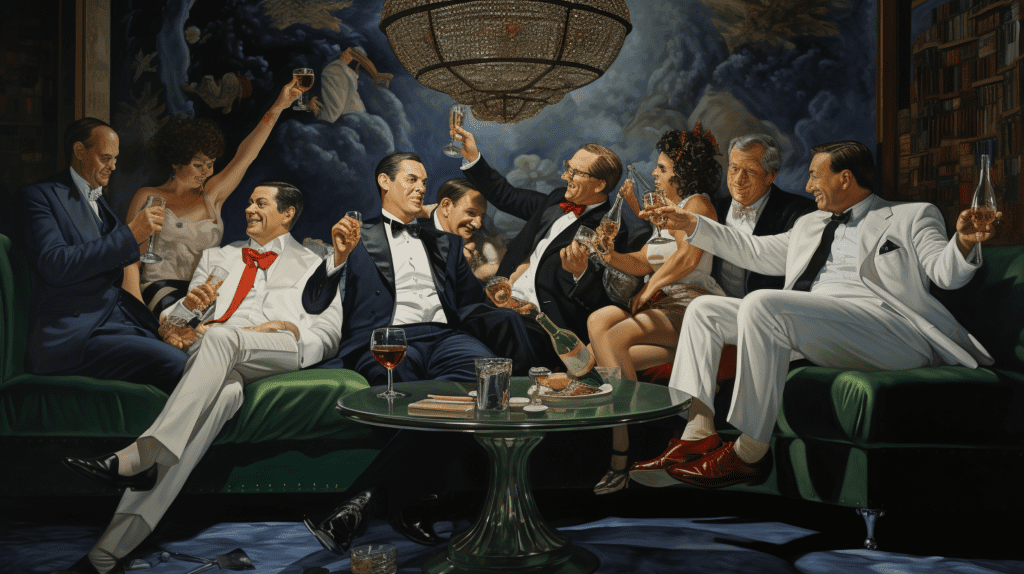The concept of cherry-picking refers to the practice of selectively choosing data or facts that support one’s argument while ignoring those that may contradict it. This method is widely recognized not just as a logical fallacy but also as a technique commonly employed in the dissemination of disinformation. Cherry-picking can significantly impact the way information is understood and can influence political ideology, public opinion, and policy making.
Cherry-picking and disinformation
Disinformation, broadly defined, is false or misleading information that is spread deliberately, often to deceive or mislead the public. Cherry-picking plays a crucial role in the creation and propagation of disinformation.
By focusing only on certain pieces of evidence while excluding others, individuals or entities can create a skewed or entirely false narrative. This manipulation of facts is particularly effective because the information presented can be entirely true in isolation, making the deceit harder to detect. In the realm of disinformation, cherry-picking is a tool to shape perceptions, create false equivalencies, and undermine credible sources of information.
The role of cherry-picking in political ideology
Political ideologies are comprehensive sets of ethical ideals, principles, doctrines, myths, or symbols of a social movement, institution, class, or large group that explains how society should work. Cherry-picking can significantly influence political ideologies by providing a biased view of facts that aligns with specific beliefs or policies.
This biased information can reinforce existing beliefs, creating echo chambers where individuals are exposed only to viewpoints similar to their own. The practice can deepen political divisions, making it more challenging for individuals with differing viewpoints to find common ground or engage in constructive dialogue.
Counteracting cherry-picking
Identifying and countering cherry-picking requires a critical approach to information consumption and sharing. Here are several strategies:
- Diversify Information Sources: One of the most effective ways to recognize cherry-picking is by consuming information from a wide range of sources. This diversity of trustworthy sources helps in comparing different viewpoints and identifying when certain facts are being omitted or overly emphasized.
- Fact-Checking and Research: Before accepting or sharing information, it’s essential to verify the facts. Use reputable fact-checking organizations and consult multiple sources to get a fuller picture of the issue at hand.
- Critical Thinking: Develop the habit of critically assessing the information you come across. Ask yourself whether the evidence supports the conclusion, what might be missing, and whether the sources are credible.
- Educate About Logical Fallacies: Understanding and educating others about logical fallacies, like cherry-picking, can help people recognize when they’re being manipulated. This knowledge can foster healthier public discourse and empower individuals to demand more from their information sources.
- Promote Media Literacy: Advocating for media literacy education can equip people with the skills needed to critically evaluate information sources, understand media messages, and recognize bias and manipulation, including cherry-picking.
- Encourage Open Dialogue: Encouraging open, respectful dialogue between individuals with differing viewpoints can help combat the effects of cherry-picking. By engaging in conversations that consider multiple perspectives, individuals can bridge the gap between divergent ideologies and find common ground.
- Support Transparent Reporting: Advocating for and supporting media outlets that prioritize transparency, accountability, and comprehensive reporting can help reduce the impact of cherry-picking. Encourage media consumers to support organizations that make their sources and methodologies clear.
Cherry-picking is a powerful tool in the dissemination of disinformation and in shaping political ideologies. Its ability to subtly manipulate perceptions makes it a significant challenge to open, informed public discourse.
By promoting critical thinking, media literacy, and the consumption of a diverse range of information, individuals can become more adept at identifying and countering cherry-picked information. The fight against disinformation and the promotion of a well-informed public require vigilance, education, and a commitment to truth and transparency.


